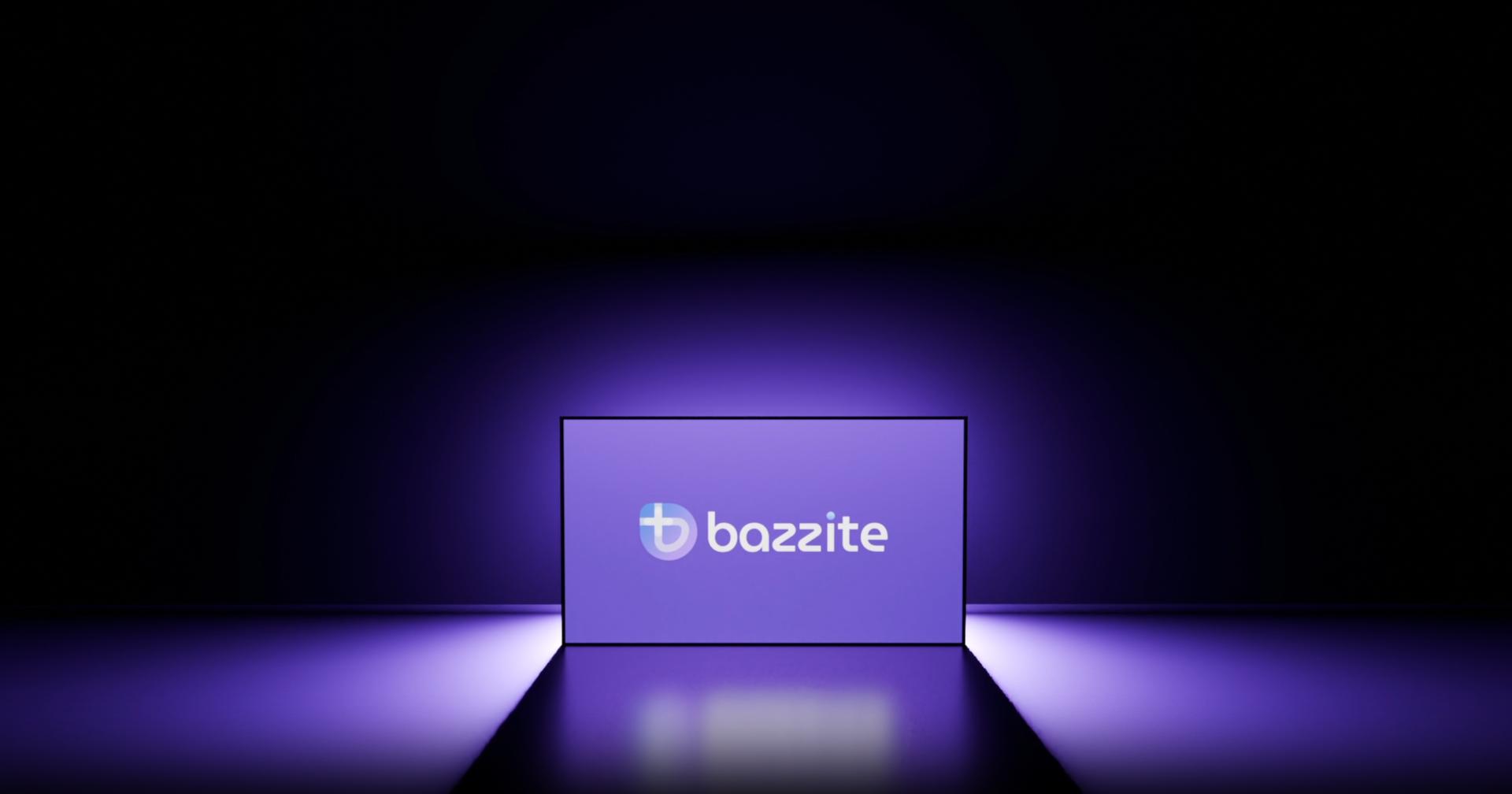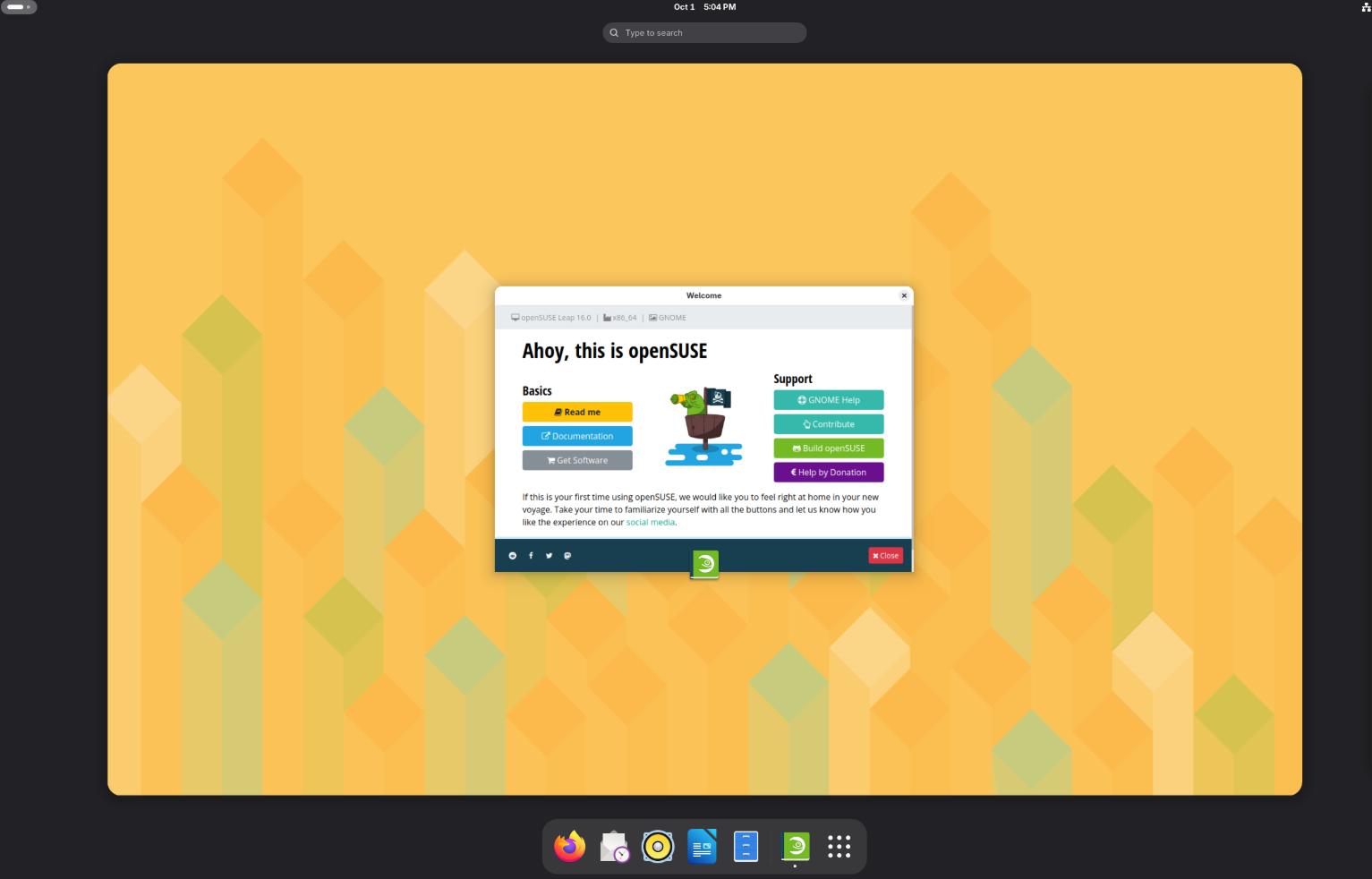The second update in the MX “Libretto” series, version 23.2, brings enhanced themes, new tools, and PipeWire 1.0. This should suffice as a basic overview, but let’s delve a bit deeper into the topic. The beloved MX Linux has released another incremental update. Those who already have it installed will receive the updates automatically, requiring no user intervention. For those looking to try it out, the new ISO can be accessed on this [external link]. You can also find details about what this release includes on the same page.
Let’s explore what to expect from MX-23.2: MX-23.2 is the first update to our MX-23 release, incorporating bug fixes, kernel updates, and application updates since the original MX-23 release. If you’re already running MX-23, there’s no need for a fresh installation.
The installer has been updated with improvements related to fstab generation, GUI simplification, and enhancements for “toram” live service users. These may not be of interest if you’re not reinstalling.
A new tool, “MX Locale,” has been introduced for managing the system’s regional data, default language, etc. This adds convenience, even though similar information is accessible elsewhere or can be specified during installation. It’s a positive addition, seen in many places.
The new “papirus-folder-colors” tool is a fun addition for creating themes in the Papirus family with different folder colors. It’s practical if you want to customize this theme, offering a more user-friendly solution than editing text files, which might be challenging for beginners.
The AHS Xfce edition includes the 6.6 Liquorix kernel, updated firmware, and Mesa libraries. You can enable automatic updates through the MX-Packageinstaller in the Popular Applications Kernels menu. Keeping kernels up-to-date is crucial for receiving security patches. Note that the 6.6 kernel is only available in the AHS version designed for advanced hardware.
The KDE/Plasma ISO replaces Webcamoid with Kamoso. Allegedly, it’s an improvement, though I haven’t personally used it.
In the Xfce and Fluxbox editions, Webcamoid is replaced with GUVCView.
The MX-Comfort themes have been fixed for some applications that previously had white text on a white background or black text on a black background. This is an important fix, though it raises questions about why it wasn’t addressed from the start.
The “build-essential” packages are now included in the ISO for users who may need to compile a driver offline.
We now have Pipewire 1.0, a modern sound system, raising the question of why others aren’t using it.
The “MX LINUX Desert Landscape” wallpaper has been added.
Updated manual and language files.
As you can see, the new MX Linux arrives with minor changes.
10 Emerging Linux Distros to Watch in 2025
In the Linux ecosystem, gravity tends to pull us toward the giants—Ubuntu, Fedora, or Mint. But if 2…
Bazzite – The Gaming-First Linux Experience for 2025
In the ever-evolving world of Linux distributions, Bazzite positions itself boldly as a gaming-first…
openSUSE 16 Leap 2025: A New Chapter in Stability and Innovation
openSUSE 16 has opened a bold new chapter with its latest Leap release, inviting users into a future…


